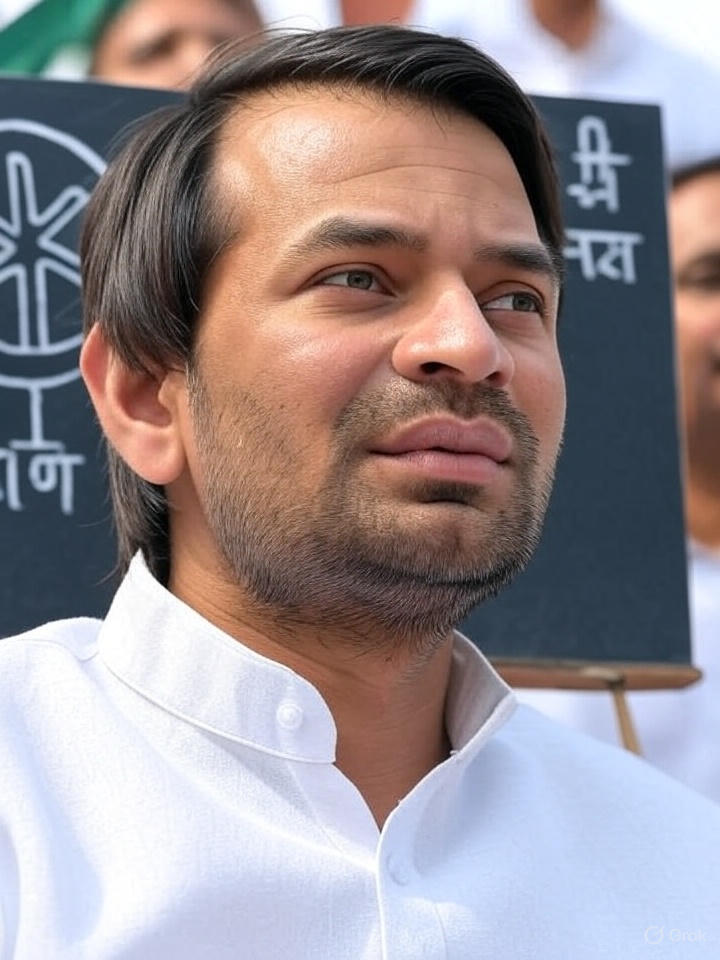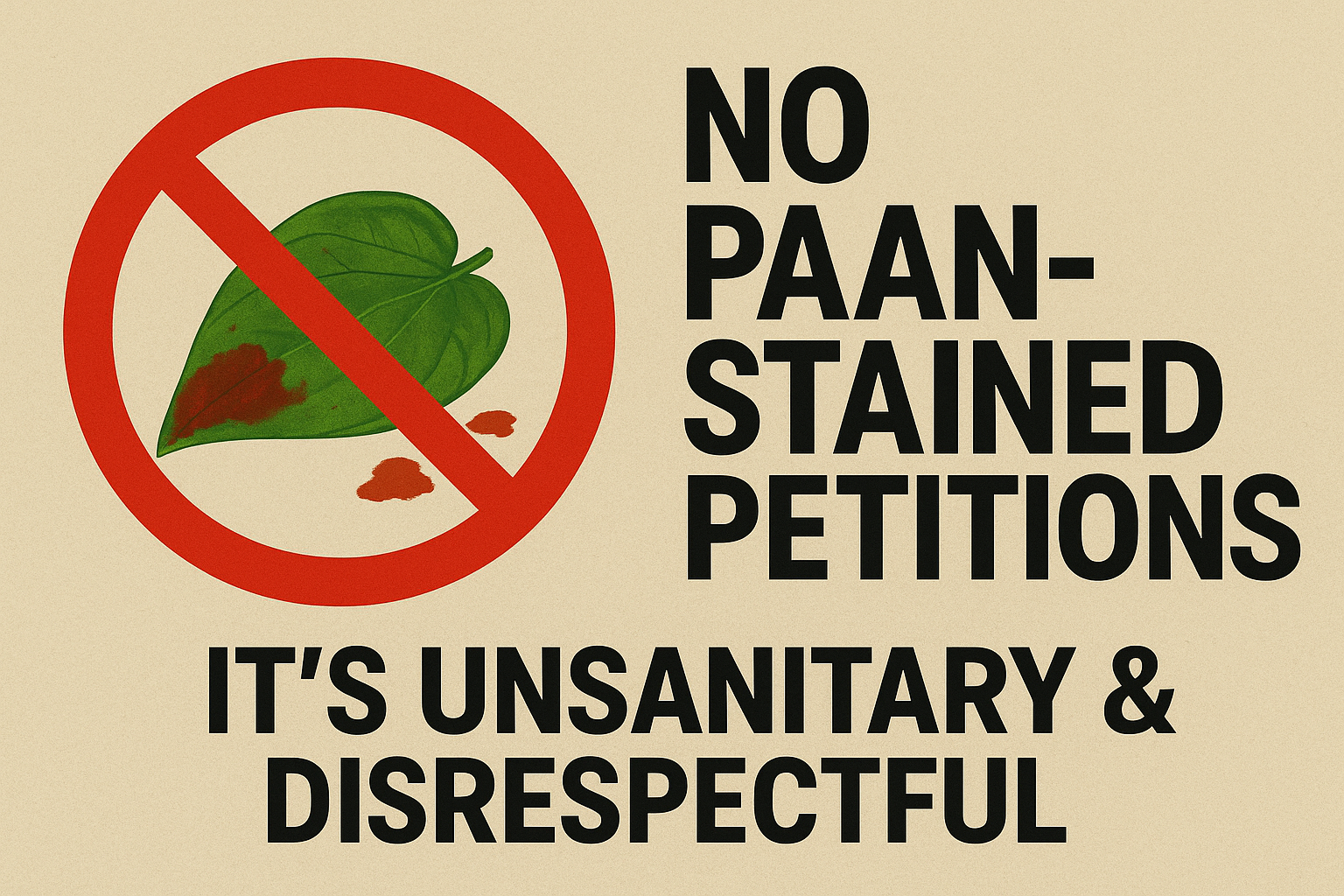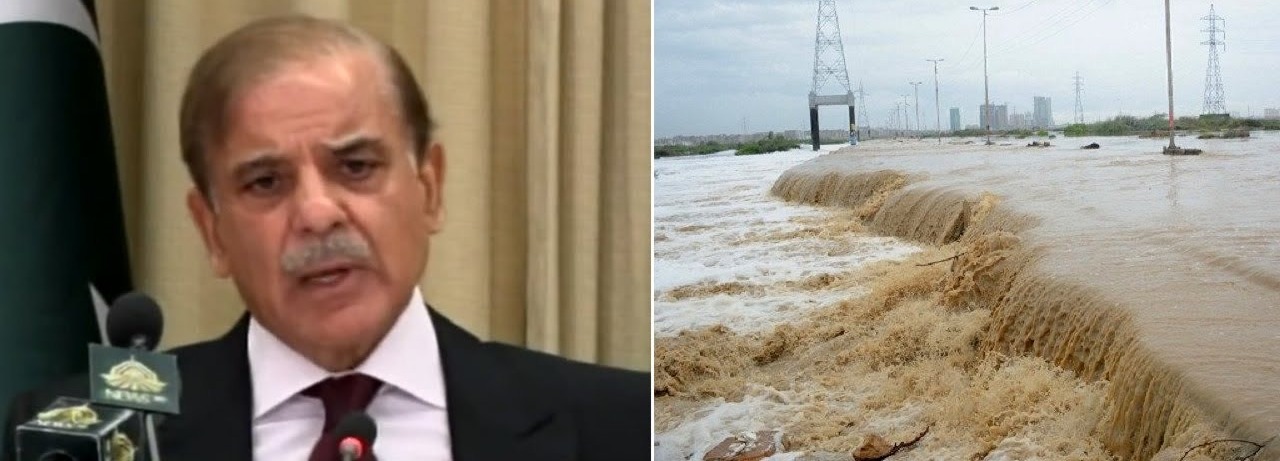
When a cargo ship capsized off the Kerala coast in June, India barely blinked. No breaking headlines, no ministerial visits, not even a collective gasp. Yet, this quiet maritime tragedy exposed a louder truth. India’s coastal governance is alarmingly unprepared. The capsized ship MV Sulthana reportedly operated under dubious registration and inadequate inspection protocols. Despite sailing through Indian waters, there was no clear confirmation of which agency was tracking it, if any.
This incident is not isolated. It reflects a systemic flaw. With over 7,500 kilometers of coastline supporting nearly 250 million people and carrying 95 percent of the nation's trade by volume, India’s maritime frontier is crucial. But our approach to its management has been dangerously complacent. Like a house without a lock, India’s coasts remain vulnerable not just to shipwrecks but to disasters of governance.
An Ocean of Authorities, A Void of Accountability
India’s coastal governance is a labyrinth. Multiple bodies including the Directorate General of Shipping, state port departments, and the Indian Coast Guard share overlapping jurisdictions but rarely communicate effectively. Maritime surveillance systems like Vessel Traffic Management Systems are deployed in only a few select ports, leaving most coastal areas as blind spots. In states like Tamil Nadu, Odisha, and parts of Kerala, unauthorized ships can navigate freely without detection.
Audit reports from within the government have repeatedly flagged gaps in India’s readiness for oil spills, shipwrecks, and search and rescue missions. In fact, ships flagged under foreign jurisdictions with lax regulations often slip through undetected thanks to these regulatory gaps.
Imagine a busy international airport with no air traffic control. That is how parts of India’s maritime zone function. This disorganization does not just risk cargo. It endangers communities, economies, and ecosystems. Over 300 coastal towns and cities rely on the ocean for fishing, tourism, and commerce. A single oil spill can devastate these livelihoods for generations.
When the Shoreline Becomes a Fault Line
The environmental and human stakes are enormous. With climate change accelerating sea level rise and intensifying cyclones, India’s coastal vulnerabilities are no longer theoretical. They are real, rising, and immediate. One unregulated vessel leaking hazardous chemicals can wipe out an entire fishing zone. One cyclone hitting an unprepared coastline can undo decades of development.
Past disasters should have taught us this. The MV Rak Carrier sank near Mumbai in 2011, spilling oil and coal that took months to clean. The X Press Pearl off Sri Lanka in 2021 released chemicals and microplastics that killed marine life en masse. India reacts to such events with ad hoc committees and brief media outrage but little systemic change.
The Kerala incident should not be reduced to just another file in a bureaucrat’s drawer. What India needs is a Unified Coastal Governance Authority that consolidates port security, maritime safety, environmental regulations, and local oversight. This authority must operate under a central framework but execute locally, ensuring both coordination and accountability.
We already have the tools. The Indian National Centre for Ocean Information Services delivers real time data on sea conditions. The Indian Space Research Organisation provides satellite mapping of erosion and sea level trends. But this goldmine of scientific data often fails to reach ground level officials due to bureaucratic silos and lack of trained personnel. The result is delayed responses, uncoordinated action, and repeated disasters.
Empower the Coast Before It Is Too Late
Most policy decisions about the coast happen far from it, both geographically and emotionally. The fisherfolk who know the sea best are rarely consulted. Their observations about ship movements, oil leaks, or dying fish often go unreported, unheard, or dismissed. Worse, development projects in these zones frequently displace them without compensation or support.
What if these communities were the first responders instead of the last victims? Equipping them with mobile alert systems, disaster training, and environmental education could be a transformative step in maritime governance. It is not a favor. It is common sense.
India must also abandon its patchwork approach and invest in predictive planning. Coastal impact assessments must become mandatory before approving infrastructure. Plastic waste dumping, sand mining, and industrial discharges into the sea must be monitored and penalized rigorously. As our blue economy expands, so should our sense of responsibility.
Our coastline is not just a trade route. It is a living, breathing ecosystem. It is a cultural lifeline, an environmental buffer, and a zone of climate defense. To neglect its governance is to risk our economy, ecology, and humanity.
The capsizing of a ship should never be a silent affair. But when it is, the silence becomes damning. India now stands at a maritime crossroads. One path leads to decay and recurring disasters. The other demands reform, innovation, and inclusive leadership. The tide is rising. Will we rise with it or drown in denial?



.jpeg)


.jpeg)




.jpeg)

.jpeg)


.jpeg)


.jpeg)

.jpeg)